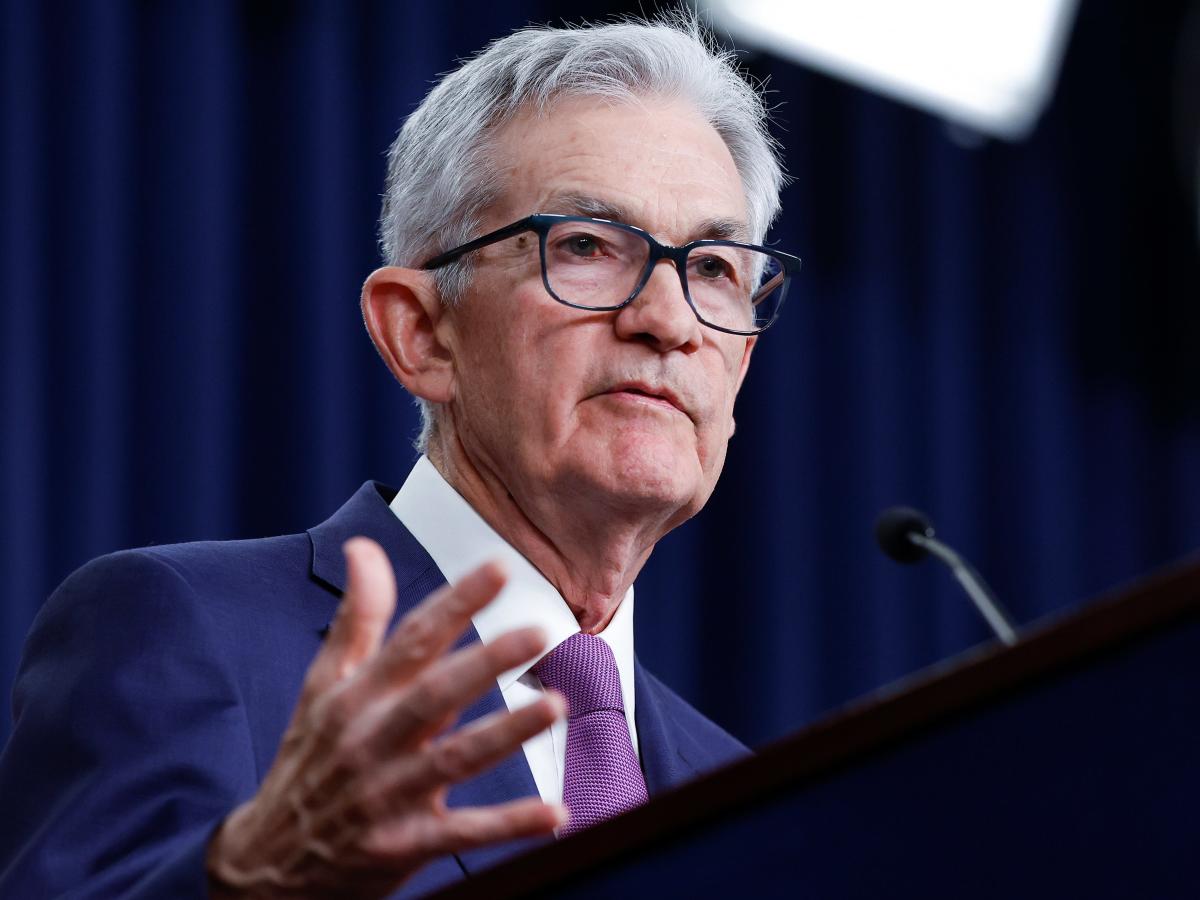-
US Fed Chairman Jerome Powell has indicated that the expected interest rate cuts have been postponed.
-
He said the Fed needs more time to be confident its fight against inflation is working.
-
One analyst suggests that excess money, due to pandemic-era policies, could be sucked out of the economy this year.
U.S. Federal Reserve Chairman Jerome Powell on Tuesday tempered expectations of upcoming interest rate cuts – a sign that the Fed may have pumped so much money into the economy during the pandemic that the surplus is still working its way through the country.
During a panel discussion at the Wilson Center in Washington, Powell said that while inflationary pressures have eased over the past year, they have not fallen enough in recent months.
“The recent data clearly has not given us more confidence, but instead indicates that it will likely take longer than expected to achieve that confidence,” Powell said on Tuesday.
This means that the Fed is currently not confident that longer-term inflation will move toward the 2% target level.
Strong job growth is contributing to price increases. In particular, the personal consumption expenditures price index – a key inflation measure for the Fed – was little changed in March from 2.8% in February, Powell pointed out.
So the Fed can keep rates high for longer to cool price increases — although the central bank also has room to cut spending should the labor market “unexpectedly weaken,” Powell added.
“If higher inflation continues, we can maintain the current level of restrictions for as long as necessary,” he said.
Higher interest rates make borrowing more expensive on everything from mortgages to credit cards. It encourages people to save rather than spend, which in theory helps lower prices. But it takes a while for the effects to be felt, and the risk is that the central bank will raise interest rates to the point where the economy slows down and even enters a recession as demand declines.
Conversely, lower interest rates encourage borrowing and spending – boosting the economy when growth slows, such as during the COVID-19 pandemic when the Fed massively cut rates and pumped money into the system.
The excess money could be sucked out of the economy this year, an analyst said
Powell’s comments on Tuesday were a departure from just a month ago, when Fed officials stuck to their expectations of three rate cuts this year.
They also illustrate the Fed’s tricky balance as it tries to steer the US economy toward a “soft landing” and avert a recession.
Jim Reid, a research strategist at Deutsche Bank, wrote in a note Tuesday that he believes it will be “incredibly difficult” to engineer a soft landing for the U.S. economy as it marks the biggest jump in the money supply since World War II has left behind. II to the largest contraction since 1930.
Even though the Fed has tightened the money supply — raising rates 11 times since March 2022 — the size of the COVID-19 stimulus and the money supply are still taking time to work through the system, Reid added in the note which was published before Powell’s comments. the same day.
But Reid thinks the excess money could be drained from the economy later this year, when the money supply in the economy normalizes.
“If that’s true, then lowering rates in preparation for that might be the right thing to do,” Reid said. “However, faced with inflation that is currently accelerating, that would be very, very difficult for the Fed to communicate and feel comfortable with.”
Deustche Bank is pricing in only one Fed rate cut, in December 2024.
Demand, supply chain throttling and fiscal stimulus are also contributing to inflation
To be fair, the money supply is not the only thing contributing to inflation.
As Bill Dudley, former president of the New York Federal Reserve, explained in an op-ed for Bloomberg in February 2023, other factors impacting the U.S. economy include consumer demand and stimulus money, and the fact that the Fed has been raising rates “for too long too low’. .”
“If interest rates had been significantly higher earlier, the economy would have grown more slowly, the labor market would not have been as tight, and wage and price inflation would have been lower,” Dudley wrote.
Fed Chairman Powell had said there was inflation “transient” during the COVID-19 pandemic, but stopped using the term in 2022 due to continued price increases.
The Fed will meet for its next policy meeting from April 30 to May 1.
Read the original article on Business Insider




